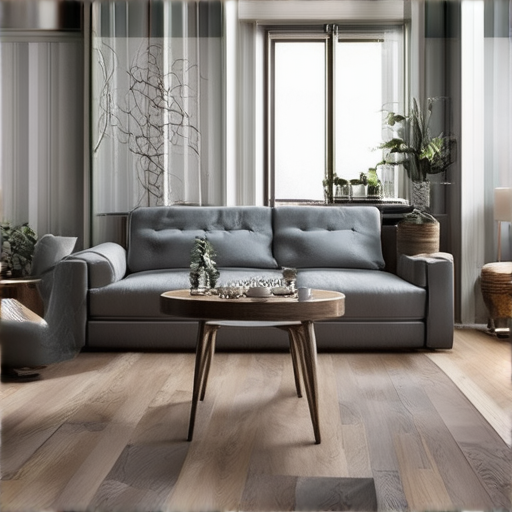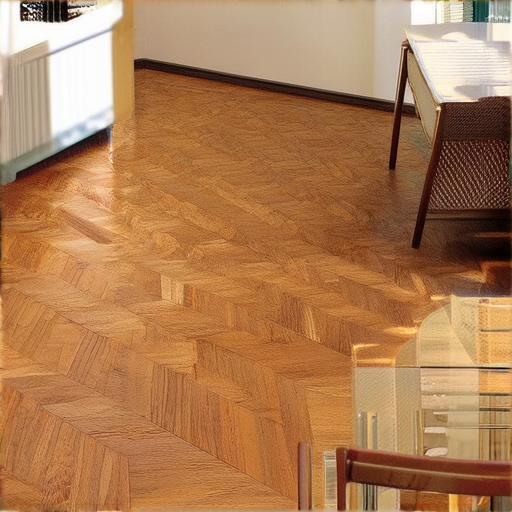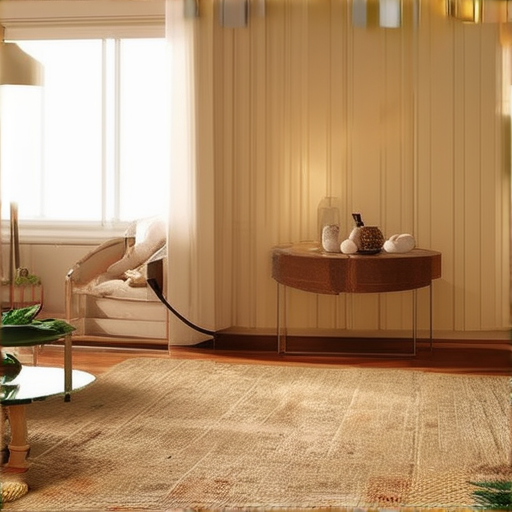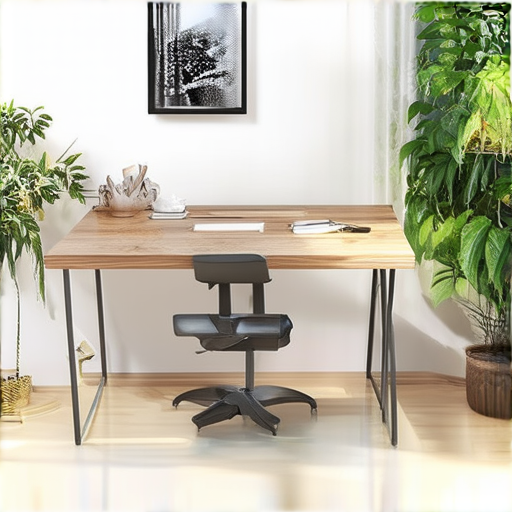When it comes to creating a warm and inviting atmosphere in your residential space, one of the most critical decisions you’ll make is choosing the right home flooring options. With numerous types of flooring materials available, each offering unique benefits and drawbacks, selecting the perfect floor can be overwhelming. From durability and maintenance requirements to aesthetic appeal and budget considerations, there are many factors to take into account when deciding which type of flooring is best suited for your home.

Best Flooring Options for Residential Homes
When it comes to choosing the perfect flooring for your home, there are numerous options available, each with its unique characteristics, benefits, and drawbacks.
- Durable and Moisture-Resistant Choices:
- Ceramic Tile: A popular choice for kitchens and bathrooms due to its water-resistance and ease of maintenance.
- Porcelain Tile: Similar to ceramic tile, but offers improved durability and resistance to scratches and fading.
- Vinyl Plank: A versatile option that mimics the look of real wood, yet is more resistant to moisture and easier to install.
- Luxury Vinyl Tiles (LVT): Offers a high-end appearance and feel, while still being durable and easy to clean.
- Engineered Hardwood: A cost-effective alternative to solid hardwood, offering improved stability and reduced warping.
- Waterproof Flooring Options:
- Waterproof Tile: Ideal for bathrooms and kitchens, these tiles are designed to withstand heavy foot traffic and moisture.
- Vinyl Flooring: A budget-friendly option that’s easy to install and maintain, making it perfect for high-moisture areas.
- Rubber Flooring: A soft and flexible option that’s great for playrooms, gyms, and other areas where comfort is essential.
- Carpeting Options:
- Plush Carpeting: Provides a soft and cozy atmosphere, making it perfect for bedrooms and living rooms.
- Frieze Carpeting: Features a textured surface that hides dirt and stains well, making it suitable for high-traffic areas.
Ultimately, the best flooring option for your home depends on your personal preferences, lifestyle, and budget. Consider factors such as durability, maintenance requirements, and aesthetic appeal when making your decision.
At Home Ideas Finders, we understand the importance of selecting the right flooring for your home. Our team of experts can guide you through the process, helping you find the perfect solution for your needs and budget.
For more information on flooring options and to explore our collection of home improvement ideas, visit our website at https://homeideasfinders.com/.
Best Flooring Options for the Money
When it comes to finding the best flooring options for the money, there are several factors to consider, including durability, ease of installation, and style.
- Laminate flooring is a popular choice for its affordability and versatility. It can mimic the look of hardwood or stone, and is available in a wide range of styles and colors.
- Vinyl flooring is another cost-effective option that offers durability and ease of maintenance. It’s also resistant to scratches and stains, making it ideal for high-traffic areas.
- Ceramic tile is a great option for those looking for a long-lasting and low-maintenance flooring solution. It’s also easy to clean and resistant to moisture.
- Engineered hardwood flooring is a cost-effective alternative to solid hardwood, offering a similar look and feel at a lower price point.
When choosing the best flooring for your budget, consider the following factors:
- Durability: Look for flooring options that can withstand heavy foot traffic and last for years to come.
- Ease of installation: Consider flooring options that are easy to install, reducing labor costs and saving you time.
- Maintenance: Select a flooring option that requires minimal maintenance, saving you time and effort in the long run.
Some popular brands to consider when shopping for flooring include:
By considering these factors and exploring your options, you can find the best flooring for your budget and meet your needs for years to come.
Additional Tips for Choosing the Best Flooring
Consider the following tips when selecting the best flooring for your home:
- Measure your space carefully before purchasing flooring to ensure you have enough material.
- Choose a flooring option that suits your lifestyle, taking into account factors like pets and allergies.
- Research local flooring stores and contractors to find the best prices and services.
- Read reviews and ask for referrals from friends and family to get a sense of a particular flooring option’s quality and durability.

The Most Durable Type of Flooring
We’ve compiled a list of the most durable types of flooring options available, considering factors such as wear resistance, scratch resistance, and overall lifespan.
- Ceramic Tile: Ceramic tile is known for its exceptional durability and resistance to scratches, cracks, and fading. Its glazed surface makes it easy to clean and maintain, making it an ideal choice for high-traffic areas.
- Porcelain Tile: Similar to ceramic tile, porcelain tile offers excellent durability and resistance to scratches and stains. Its dense composition makes it less prone to water damage and cracking.
- Hardwood Flooring: Hardwood flooring is a popular choice due to its timeless aesthetic and durability. With proper maintenance, hardwood floors can last for decades, resisting scratches and dents.
- Laminate Flooring: Laminate flooring is a cost-effective alternative to hardwood flooring, offering a similar look and feel. Its durable construction makes it resistant to scratches and fading, making it suitable for busy households.
- Engineered Stone Flooring: Engineered stone flooring combines the beauty of natural stone with the durability of engineered materials. Its resistance to scratches, cracks, and fading makes it an excellent choice for high-traffic areas.
- Bamboo Flooring: Bamboo flooring is a sustainable and eco-friendly option, offering exceptional durability and resistance to scratches and dents. Its natural beauty and versatility make it a popular choice for modern homes.
- Concrete Flooring: Concrete flooring is a durable and low-maintenance option, perfect for industrial or commercial settings. Its resistance to scratches and stains makes it an excellent choice for high-traffic areas.
- Marble Flooring: Marble flooring is a luxurious option, offering exceptional durability and resistance to scratches and stains. Its elegant appearance makes it a popular choice for high-end homes and commercial spaces.
- Granite Flooring: Granite flooring is a durable and long-lasting option, resistant to scratches, cracks, and fading. Its natural beauty and versatility make it a popular choice for modern homes and commercial spaces.
When choosing the most durable type of flooring, consider factors such as foot traffic, lifestyle, and personal preferences. By selecting the right flooring option, you can enjoy a beautiful and functional space for years to come.

The Rule of 3 Flooring
When it comes to choosing the perfect flooring for your home, there’s a simple yet effective rule to keep in mind: the rule of 3.
- Limit Your Flooring Types to 3: The rule of 3 suggests that you should limit yourself to a maximum of 3 different flooring types throughout your entire home.
- Choose Flooring Based on Functionality: Each type of flooring should be chosen based on its functionality and purpose in your home.
- Consider Traffic Patterns: Think about the traffic patterns in your home and how they may impact your flooring choices.
Example of the Rule of 3 Flooring
For instance, you might choose hardwood flooring for high-traffic areas like entryways and hallways, vinyl or linoleum for kitchens and bathrooms where moisture is present, and carpet for bedrooms and living rooms where comfort is key.
Benefits of the Rule of 3 Flooring
- Simplified Design Process: By limiting yourself to 3 flooring types, you can simplify the design process and make decisions easier.
- Increased Consistency: Using a limited number of flooring types can create a sense of consistency throughout your home.
- Easier Maintenance: With fewer flooring types to worry about, maintenance becomes simpler and less overwhelming.
Popular Flooring Combinations
- Hardwood, Vinyl, and Carpet: A classic combination that works well for many homes.
- Ceramic Tile, Hardwood, and Laminate: A versatile option that suits modern and traditional styles alike.
- Engineered Wood, Luxury Vinyl Tiles, and Area Rugs: A great choice for those who want a mix of durability and style.
Tips for Implementing the Rule of 3 Flooring
- Assess Your Lifestyle: Consider your lifestyle and how it may impact your flooring choices.
- Measure Your Spaces: Take precise measurements of your rooms to determine the best flooring options.
- Research Different Materials: Learn about various flooring materials and their benefits and drawbacks.
The 603010 Rule for Flooring
When it comes to choosing a color scheme for your flooring, there’s a popular rule of thumb known as the 603010 rule.
- 60% of the room should feature a dominant color, which sets the overall tone and atmosphere of the space.
- 30% of the room can incorporate a secondary color, which adds visual interest and creates contrast with the dominant color.
- 10% of the room can include an accent color, which adds a pop of personality and style to the space.
This rule applies to flooring choices, such as hardwood, tile, carpet, or laminate, and helps create a harmonious and balanced look in your home.
For example, if you’re choosing a hardwood floor, you could select a dominant color like oak or maple, then add a secondary color like cherry or walnut, and finally introduce an accent color like a rich stain or a patterned rug.
By following the 603010 rule, you can create a cohesive and visually appealing flooring design that enhances the beauty and functionality of your home.
At Home Ideas Finders, we understand the importance of selecting the perfect flooring for your lifestyle and budget. Our experts can guide you through the process and help you find the ideal solution for your needs.
Whether you’re looking for a classic and timeless look or something modern and trendy, our team is dedicated to helping you achieve your dream home.
We recommend checking out our flooring trends section for the latest styles and designs, and don’t hesitate to reach out to us for personalized advice and guidance.
Remember, the 603010 rule is just a guideline, and ultimately, the choice of flooring depends on your personal preferences and needs.
So why wait? Contact us today to schedule a consultation and let’s get started on finding the perfect flooring solution for you!

Should Flooring Be the Same Throughout the House?
When it comes to designing your dream home, choosing the perfect flooring can be a daunting task.
-
One common debate among homeowners is whether to have the same flooring throughout the house or mix and match different types.
-
In this article, we’ll explore the pros and cons of having uniform flooring versus varying textures and styles.
Pros of Uniform Flooring:
-
Easier Maintenance: With the same flooring throughout, cleaning and maintenance become much simpler.
-
Visual Flow: A consistent flooring style creates a sense of continuity and visual flow throughout the space.
-
Cost-Effective: Buying a large quantity of the same flooring material can often lead to cost savings.
Cons of Uniform Flooring:
-
Lack of Personality: Having the same flooring everywhere can result in a lack of personality and character in individual rooms.
-
Limited Options: Choosing a single flooring type may limit your design options and creativity.
Pros of Varying Flooring:
-
Adds Personality: Mixing different flooring textures and styles adds visual interest and personality to each room.
-
Creates Focal Points: Unique flooring choices can draw attention to specific areas or features in a room.
-
Flexibility: Varying flooring allows for greater flexibility in design and layout.
Cons of Varying Flooring:
-
Maintenance Challenges: Different flooring materials require unique maintenance techniques, which can be time-consuming and complicated.
-
Visual Disruption: Contrasting flooring styles can create visual disruption and make a space feel disjointed.
Ultimate Decision:
The choice between uniform and varied flooring ultimately depends on your personal preferences, lifestyle, and design goals.
Consider factors such as maintenance needs, budget, and the overall aesthetic you desire for your home.
By weighing these factors, you can make an informed decision that suits your unique situation and creates a beautiful, functional space that reflects your personality.

0 Comments